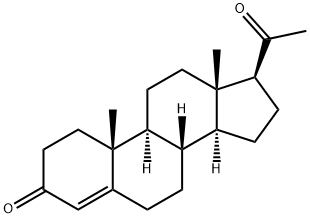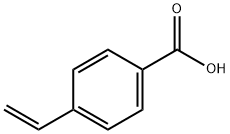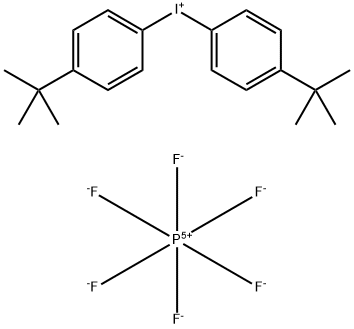
Product Details;
CasNo: 57-83-0
Molecular Formula: C21H30O2
Appearance: Crystalline powder
|
57-83-0 Name |
|
|
Name |
Progesterone |
|
Synonym |
PROGESTERONE-WATER SOLUBLE;progestin;PROGESTERONE;PRIMOLUT;Glanducorpin;Gynlutin;gynoluton;Gynolutone |
|
57-83-0 Biological Activity |
|
|
Description |
Progesterone is a steroid hormone that regulates the menstrual cycle and is crucial for pregnancy. |
|
Related Catalog |
Signaling Pathways >> Others >> Progesterone Receptor Research Areas >> Cardiovascular Disease Natural Products >> Steroids |
|
Target |
Human Endogenous Metabolite |
|
References |
[1]. Schindler AE, et al. Classification and pharmacology of progestins. Maturitas. 2003 Dec 10;46 Suppl 1:S7-S16. [2]. Zava DT, et al. Estrogen and progestin bioactivity of foods, herbs, and spices. Proc Soc Exp Biol Med. 1998 Mar;217(3):369-78. [3]. Komesaroff PA, et al. Effects of wild yam extract on menopausal symptoms, lipids and sex hormones in healthy menopausal women. Climacteric. 2001 Jun;4(2):144-50. |
|
57-83-0 Chemical & Physical Properties |
|
|
Melting point |
128-132 °C(lit.) |
|
Boiling point |
447.2±45.0 °C at 760 mmHg |
|
Density |
1.1±0.1 g/cm3 |
|
Molecular Formula |
C21H30O2 |
|
Molecular Weight |
314.462 |
|
Flash Point |
166.7±25.7 °C |
|
PSA |
34.14000 |
|
LogP |
4.04 |
|
Exact Mass |
314.224579 |
|
Vapour Pressure |
0.0±1.1 mmHg at 25°C |
|
Index of Refraction |
1.542 |
|
57-83-0 Description |
|
Progesterone, along with pregnenolone, is the biosynthetic precursor of all other steroid hormones. Progesterone is synthesized from cholesterol by the sequential action of desmolase in the mitochondria, which produces pregnenolone, followed by Δ4,5-isomerase in the outer mitochondrial membrane and smooth endoplasmic reticulum of steroid-secreting cells. Progesterone activates the human progesterone receptor with an EC50 value of 0.5 nM. |
|
57-83-0 Uses |
|
Relevant Products
-
4-Hydroxyphenethyl alcoholCAS NO.: 501-94-0
CAS:501-94-0
-
4-Vinylbenzoic acid
CAS:1075-49-6
-
Bis(4-tert-butylphenyl)iodonium hexafluorophosphate
CAS:61358-25-6








